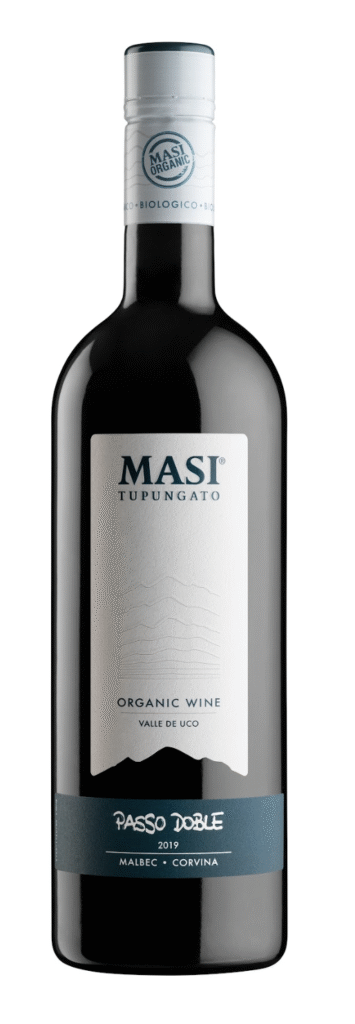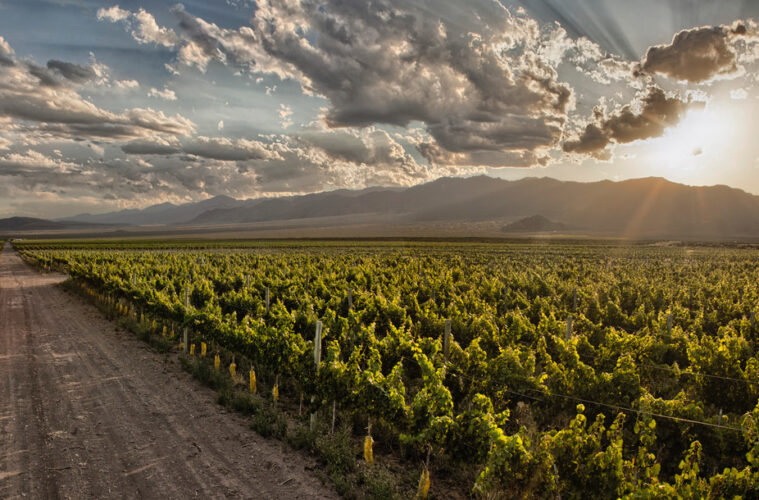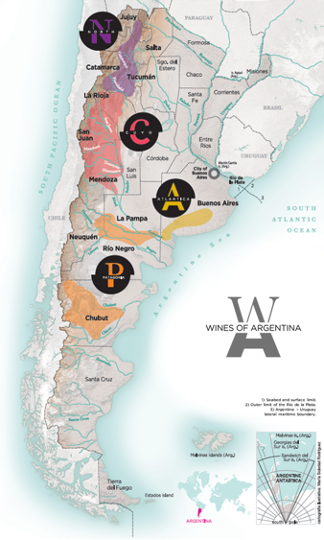Once known primarily for plush Malbec and value-driven reds, Argentina has quietly—and now unmistakably—shifted into the global spotlight as one of the most innovative wine regions in the world.
From high-altitude experimentation to climate-smart viticulture and bold stylistic reinvention, wines from Argentina aren’t just keeping up—they are setting the pace.
Malbec 2.0: A Style Reinvented
Once upon a vine, Malbec was just another blending grape in southwest France, quietly adding color and tannin to Bordeaux wines. It had a bit of a struggle as it was susceptible to frost and disease, and never quite the star of the show. But in 1853, everything changed. Argentina, looking to elevate its wine game, invited French agronomist Michel Aimé Pouget to bring over European vines. Among them was Malbec.
Malbec is a bold and juicy red wine known for its deep, dark color and rich, fruit-forward flavor. On the palate, it bursts with ripe blackberry, plum, and black cherry, often layered with notes of cocoa, tobacco, and a hint of sweet spice. Depending on where it’s grown, Malbec can show earthy undertones or a touch of floral violet aromatics, especially in high-altitude vineyards like those in Mendoza, Argentina. With soft tannins and a smooth finish, it strikes the perfect balance between power and plushness—making it both crowd-pleasing and food-friendly.
Argentina has become the world’s leading producer of Malbec, cultivating over 116,000 acres across 17 provinces. Mendoza alone accounts for approximately 86% of this production. The country’s varied climates and altitudes—from the high-altitude vineyards of Salta to the cooler regions of Patagonia—allow for a diverse range of Malbec expressions, each reflecting its unique terroir. Argentina’s southernmost vineyard is located in Chubut, Patagonia at 45 degrees south latitude. It is within a fraction of a degree of the world’s southernmost vineyard.
A Surge in Argentina’s White Wine Movement

Chardonnay from high-altitude sites in the Uco Valley is emerging as a global contender, rivaling top New World and even Old World expressions. These wines show tension, salinity, and minerality, often with minimal oak and a focus on precision over power and are loved by wine enthusiasts and Sommeliers.
Sauvignon Blanc is having a quiet uprising of its own with winemakers producing versions with electric acidity, citrus zest, herbal edge, and a stony backbone—built for a new generations of wine lovers.
And then there’s Pinot Grigio, which has moved past its reputation as a neutral sipper. Argentine producers are leaning into altitude, diurnal shifts, and lees aging to craft bottlings with body, aromatics, and gastronomic character.
A New Chapter for a Classic Grape
Cabernet Sauvignon is stepping into the spotlight in Argentina with a confidence that rivals Malbec’s rise two decades ago. Instead of the dense, heavily oaked styles of the past, today’s expressions—especially from the Uco Valley, Luján de Cuyo, and high-altitude zones in Salta—are defined by elegance, structure, and aromatic lift. The combination of intense sunlight, cool Andean nights, and poor, well-drained soils creates Cabernets with fine tannins, fresh acidity, and layers of cassis, mountain herbs, graphite, and spice. Old vines and selective clonal plantings are further elevating quality, while winemakers are dialing back oak to let terroir and texture shine. Cabernet Sauvignon isn’t just supporting the lineup in Argentina anymore—it’s becoming one of its most compelling signatures.
High Altitude, High Innovation

At these heights, intense sunlight, rocky alluvial soils, and wide diurnal temperature shifts shape grapes with thicker skins, vibrant aromatics, naturally high acidity, and remarkable freshness. The dry mountain climate and lack of humidity also play a crucial role in reducing disease pressure, allowing for minimal intervention and organic or biodynamic farming practices.
Old vines add yet another layer of distinction. Many vineyards, particularly in regions like Uco Valley, Maipú, and Luján de Cuyo, boast ungrafted vines that are 50 to 100 years old—planted long before phylloxera devastated vineyards in other parts of the world. These deep-rooted, low-yielding vines concentrate flavour, transmit terroir with precision, and deliver naturally balanced fruit without excess manipulation.
Winemakers are using these natural advantages—altitude, vine age, and Andean terroir—to produce wines that are lighter, more expressive, and incredibly site-driven. Concrete eggs, amphora, minimal oak, and gentle extraction techniques help preserve that clarity, allowing purity and precision to take centre stage.
Climate-Conscious and Sustainability-Driven
Argentina has embraced regenerative agriculture, organic certification, and water stewardship at record speed. Mendoza’s dry climate creates natural advantages, but wineries are going even further with drip irrigation, native cover crops, energy-efficient cellars, and biodiversity initiatives. Many top producers are also becoming carbon neutral and pushing toward zero-waste production models.
A Global Mindset with Local Soul

The Future Is Here
Argentina has moved beyond being “the home of Malbec” and into a leadership role in sustainability, terroir expression, and contemporary style. Whether through site-specific Malbec, fresh and aromatic whites, or mountain-vine wines made with precision the country is redefining what New World wine can be.
Photo Credit: Trapiche Winery



